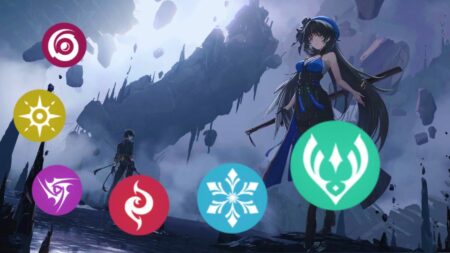Wuthering Waves’ fast-paced combat system uses character swap mechanics and harnessed abilities from enemy Echoes to set itself apart from other gacha RPGs.
While its element attributes system is similar to games like Genshin Impact or Blue Protocol, Wuthering Waves swaps out a familiar mechanic for something much more engaging.
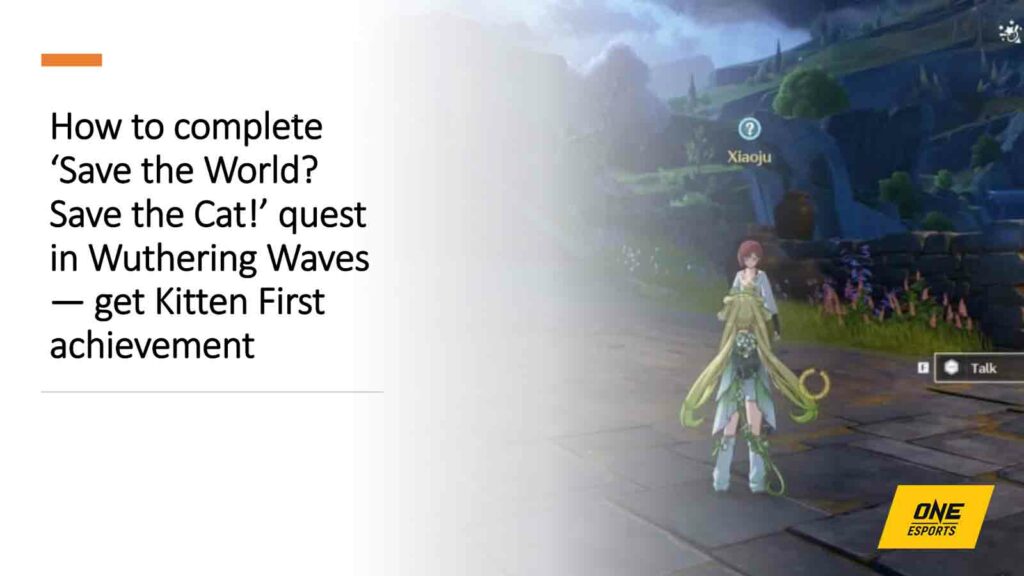
Check out this ONE Esports guide to discover everything about Wuthering Waves elements, including potential elemental reactions and enemy weaknesses.
Wuthering Waves elements explained
Your characters in the game come with an elemental attribute that applies to all of their attacks and abilities, including their Resonace Ultimate. The same can be said for the enemies.
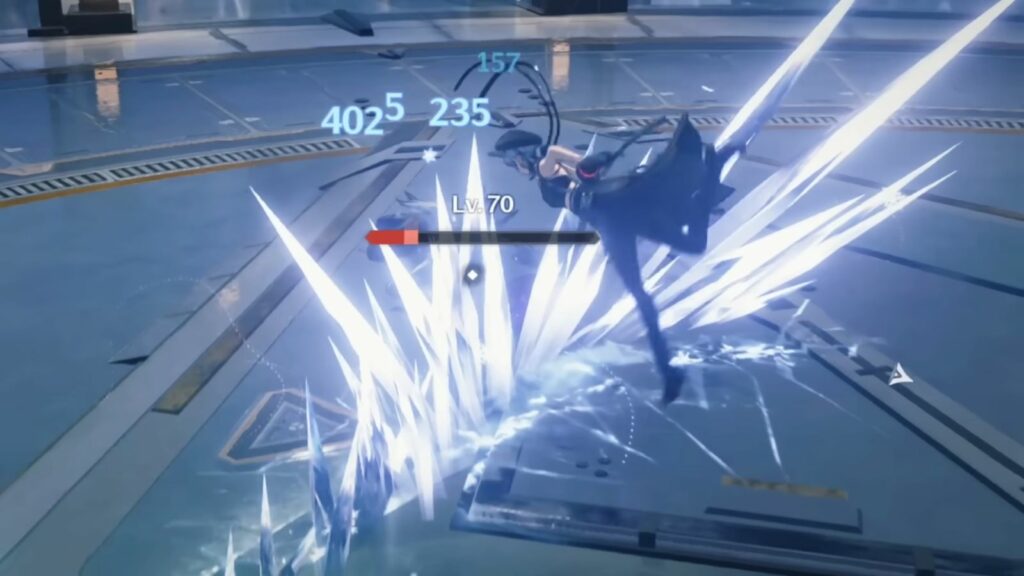
Enemies in Wuthering Waves (also known as “Tacet Discords”) are resistant to damage that corresponds with their element.
An Aero Predator would only take half-damage from your Aero attacks. So, having a varied team composition—with three unique elemental types—is essential.
Here’s the Wuthering Waves elements list:
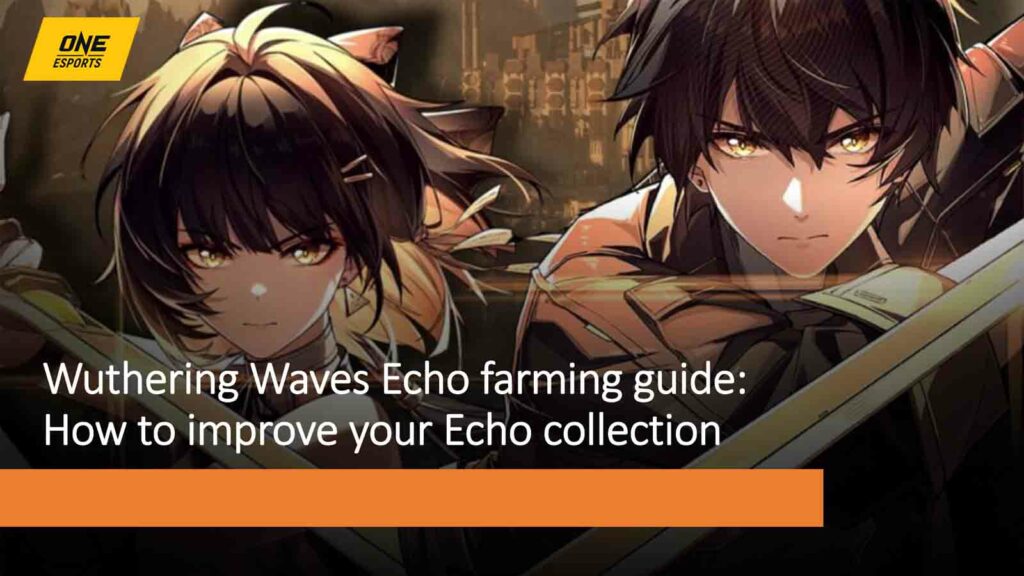
- Aero (Air)
- Electro (Electric)
- Fusion (Fire)
- Glacio (Ice)
- Havoc (Dark/Chaos)
- Spectro (Light)
Does Wuthering Waves have elemental reactions?
Wuthering Waves does not have elemental reactions in the game. Instead, it has “Intro/Outro Skills”, which trigger when you gain enough Concerto Energy and swap characters on the field.
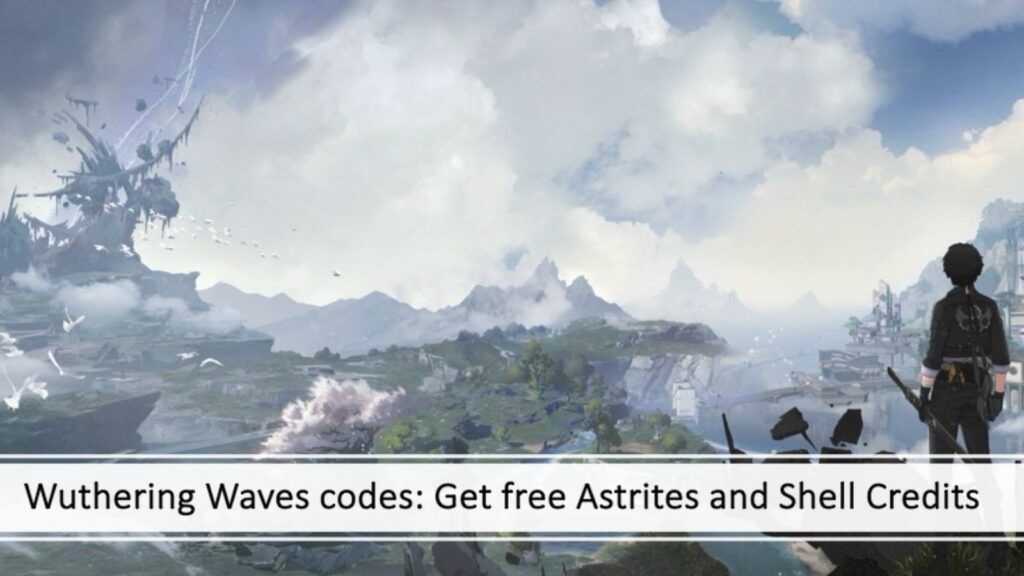
Wuthering Waves’ Intro/Outro Skills vary from potent buffs to powerful attacks that ignore elemental resistances.
Having elements interact seemed like the obvious choice. But either way, Intro/Outro Skills set a new learning curve for the gacha RPG, while adding depth to its dynamic combat.

Through thoughtful progression, equipment farming and an elementally-bolstered team, new players set themselves up for success in Wuthering Waves’ late game.
Knowing MiHoYo, it’s likely that we’ll see more elements introduced in future updates.
For now, the current options keep things interesting, especially if the Wuthering Waves developers add their own elemental resonance system.
READ MORE: Wuthering Waves Intimacy guide: How to form a deeper bond with your Resonators
